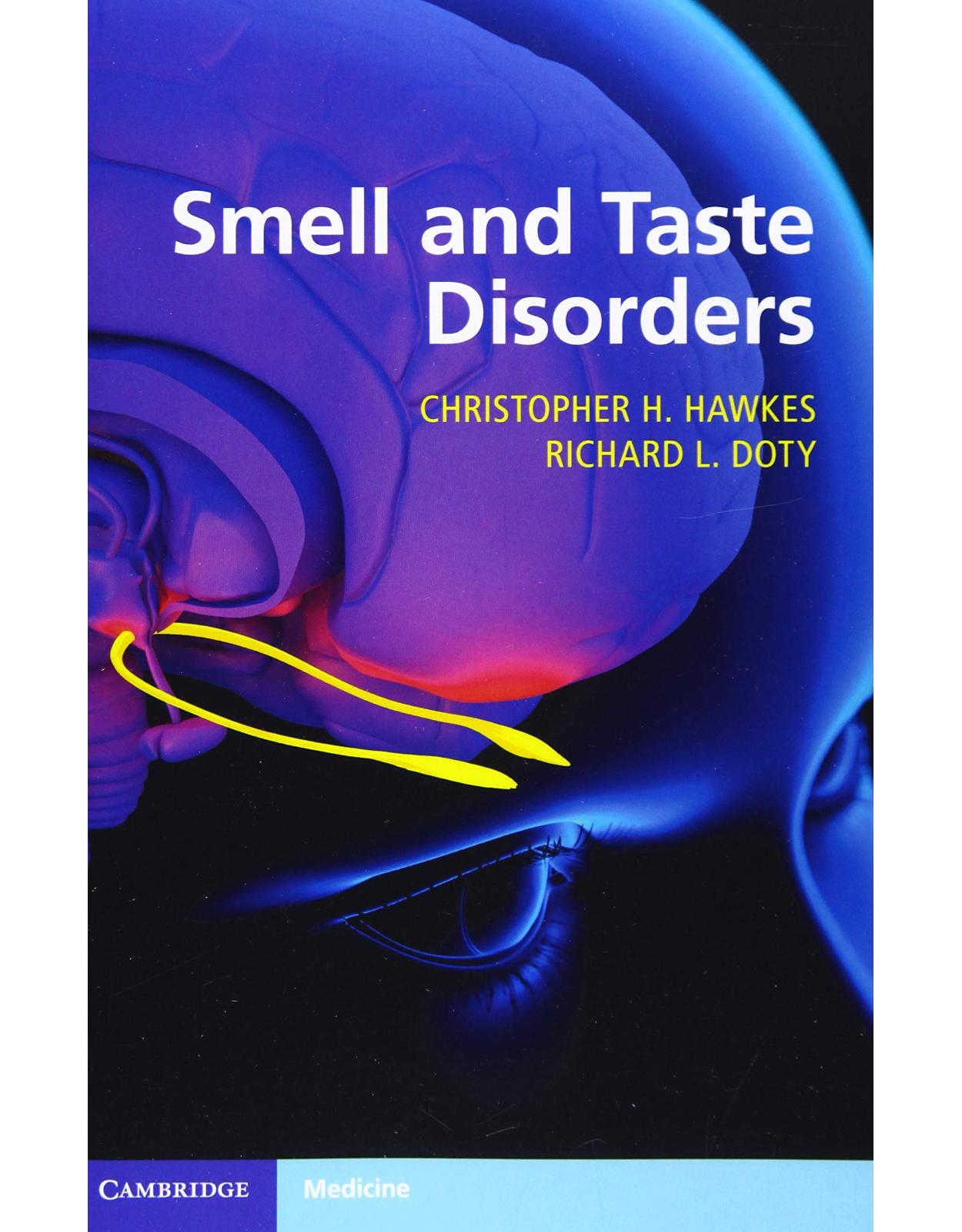
Smell and Taste Disorders
Livrare gratis la comenzi peste 500 RON. Pentru celelalte comenzi livrarea este 20 RON.
Disponibilitate: La comanda in aproximativ 4 saptamani
Autor: Christopher H Hawkes
Editura: Cambridge University Press
Limba: Engleza
Nr. pagini: 444
Coperta: Paperback
Dimensiuni: 15.49 x 2.03 x 23.37 cm
An aparitie: 31 Jan. 2018
Description:
Loss of the sense of smell or taste is often a sign of neurological disease. Evaluating chemosensation (the senses of smell and taste) during neurological examination can help early detection of neurodegenerative conditions such as Parkinson's and Alzheimer's disease. The importance of such testing is now receiving increasingly high profile in the medical curriculum. In this book, olfactory conditions are completely updated and the sense of taste is now included in similar detail. It is written by experts in the field, covering anatomy and physiology of human olfaction and taste, how they can be measured and their relevance to a wide range of major disorders such as diabetes, kidney disease, Alzheimer's and Parkinson's disease. The 'Olfactory Vector Hypothesis' that suggests a neuropathogen may enter the nose en route to the brain is evaluated in detail. This introduction to smell and taste disorders is an essential guide for neurologists, neurosurgeons, otolaryngologists, medical trainees, and chemosensory scientists.
Table of Contents:
Chapter 1 Anatomy and Physiology of Olfaction
Introduction
Nasal Cavity
Sniffing.
Nasal Turbinates.
Innervation of the Nasal Cavity.
Vomeronasal Organ (VNO) and Nervus Terminalis.
Vascular Supply.
Lymphatic Drainage.
Olfactory Transduction
Olfactory Receptor Gene Superfamily.
Olfactory Bulbs
Regeneration of Olfactory Bulb Interneurons.
Olfactory Bulb Pharmacology
Dopaminergic Neurons.
Nitric Oxide
Central Connections
Primary Olfactory Cortex
Anterior Olfactory Nucleus (AON).
Piriform Cortex.
Entorhinal Cortex (EC).
Amygdala.
Secondary Olfactory Cortex
Insular Cortex.
Orbitofrontal Cortex.
Other Central Structures Involved in Odor Processing
Dorsomedial Thalamic Nucleus (DMTN).
Ventrolateral Thalamic Nucleus.
Cerebellum.
Factors That Influence Normal Function
Congenital Anosmia.
Specific Anosmia.
Blind Smell.
Age.
Cigarette Smoking.
Pollution.
Demography.
Summary
References
Chapter 2 Anatomy and Physiology of Gustation
Introduction
Anatomy and Distribution of Taste Buds
Saliva.
Growth Factors.
Taste Receptors and Peripheral Neural Coding
Coding of Taste Quality.
Transduction in Taste Buds
Central Nervous System Taste Structures
Central Innervation
Brainstem and Thalamus
Insular Cortex.
Orbitofrontal Cortex and Taste
Factors That Influence Taste in Normal People
Specific Ageusia
Conditioned Taste Aversions
Age
Taste in the Fetus and Premature Infants.
Taste in Children.
Taste in Adults.
Gender
Cigarette Smoking
Summary
References
Chapter 3 Measurement of Olfaction
Olfactory Testing
Basic Considerations
Types of Olfactory Tests
Psychophysical Tests
Electrophysiological Tests
Psychophysiological Tests
Psychophysical Tests
Odor Identification Tests.
Odor Discrimination Tests.
Odor Threshold Tests.
Odor Memory Tests.
Suprathreshold Rating and Scaling Procedures.
Electrophysiological Tests
The Electro-olfactogram.
Olfactory Evoked and Event-Related Potentials.
Non-Phase-Locked EEG Responses.
Psychophysiological Tests
The Sniff Magnitude Test (SMT)
Nasal Airway Patency and Airflow Measurement
Acoustic Rhinometry
Rhinomanometry
Imaging of Olfactory Structures
Computerized Axial Tomography
Magnetic Resonance Imaging
Functional Imaging
Positron Emission Tomography
Functional Magnetic Resonance Imaging (fMRI)
Single Photon Emission Computerized Tomography (SPECT)
Magnetoencephalography (MEG)
Other Measures
Ciliary Motility Tests
Saccharin Transport Time.
Ciliary Beat Frequency.
The Electronic Nose (E-Nose)
Summary
References
Chapter 4 Measurement of Gustation
Introduction
Chemical Taste Testing
Basic Considerations
Threshold Testing
Chemical Threshold Tests
The Method of Constant Stimuli.
Method of Limits and Staircase Procedures.
Taste Sorting Procedure.
Procedural Issues
1. Amount and Nature of Saliva in the Mouth.
2. Taste Solutions That Are Weaker than the Adapting Solution.
3. Water Temperature and Threshold.
4. Effect of Psychophysical Paradigms.
5. Tongue Region Stimulated.
Normative Whole-Mouth Threshold Test Data
Influence of Taste Sensitivity on Food Acceptance
Suprathreshold Testing
Whole-Mouth Taste Identification and Attribute Rating Tests
Influences of Metabolic Processes on Taste Preferences
Regional Taste Identification and Attribute Rating Tests
Normative Data for Regional Taste Testing
Electrogustometry
Basic Considerations
Electrogustometric Threshold Testing
Normative Data for Electrogustometric Thresholds
EGM Suprathreshold Testing
Gustatory Event-Related Potentials (GEPs)
Imaging Studies
Location of the Secondary Taste Center.
Early Primate Electrophysiological and Human Functional Imaging Studies
Influences of Expectation, Motivation, or Bodily Need on Cortical Taste-Related Activity
Many Brain Regions Become Activated During Tasting
Electrical Stimulation of Lingual Taste Afferents Activate the Same Regions as Chemical Stimuli
Water Alone Activates the Same Brain Regions as Tastants
Applications of Functional Imaging in Assessing Taste Dysfunction
Practical Applications
Summary
References
Chapter 5 Non-neurodegenerative Disorders of Olfaction
Classification of Types of Olfactory Disorders
Anosmia
Agnosia
Hyposmia
Hyperosmia
Dysosmia
Conditions Affecting Olfactory Function
Nasal Disease
Upper Respiratory System Viral Infections.
Upper Respiratory System Bacterial Infections.
Leprosy (Hansen’s Disease).
Granulomatous Disease.
Head Trauma
Mechanism.
Investigations.
Prognosis.
Superficial Siderosis of the Central Nervous System.
Tumors
Disordered Intracranial Pressure (ICP)
Classic Hydrocephalus.
Normal Pressure Hydrocephalus (NPH).
Idiopathic Intracranial Hypertension (IIH; Pseudotumor Cerebri; Benign Intracranial Hypertension).
Radiotherapy
Psychiatric Disorders
Korsakoff Psychosis (KS).
Schizophrenia.
Depression-Related Disorders.
Olfactory Reference Syndrome (ORS).
Endocrine Disorders and Pregnancy
Diabetes.
Hypothyroidism.
Turner’s Syndrome (TS).
Addison’s Disease (Adrenocortical Insufficiency).
Kallmann Syndrome (KS).
Pseudohypoparathyroidism.
Pregnancy.
Menopause.
Metabolic Disorders
Wilson’s Disease (WD)
Liver Disease.
Kidney Disease.
Epilepsy
Olfactory Hallucinations (OHs)
Migraine
Immune-Related Diseases
Multiple Sclerosis (MS).
Neuromyelitis Optica (NMO, Devic’s Disease).
Myasthenia Gravis.
Sjögren’s Syndrome.
Narcolepsy and Cataplexy.
Human Immunodeficiency Virus (HIV).
CADASIL
Paraneoplastic Disorders.
Miscellaneous Immune Disorders.
Multiple Chemical Hypersensitivity (MCS)
Exposure to High Levels of Air Pollution
Work-Place Exposures to Industrial Toxic Chemicals
Toxic Metals.
Chemicals Involved in Manufacturing.
Solvents.
Medication
Rare Genetically Determined Disorders of Olfaction
Bardet–Biedl Syndrome (BBS)
Kartagener Syndrome
DiGeorge Syndrome
Refsum’s Disease.
Wolfram Syndrome.
References
Chapter 6 Non-neurodegenerative Disorders of Gustation
Classification of Types of Gustatory Disorders
Ageusia.
Hypogeusia.
Hypergeusia
Dysgeusia
Peripheral Taste Disorders
Infections: Viral
Infections: Bacterial and Fungal
Neuropathies
Neoplasia
Surgery and Trauma
Allergic or Allergic-like Reactions
Central Taste Disorder
Brain Stem Lesions
Thalamic and Cortical Lesions
Traumatic Brain Injury
Epilepsy
Migraine
Immune-Related Diseases
Multiple Sclerosis (MS)
Myasthenia Gravis
Sjögren’s Syndrome (SS)
Metabolic and Endocrine Diseases
Diabetes
Thyroid Disease
Renal Disease
Liver Disease
Addison’s Disease (Adrenal Insufficiency)
Hypertension
Turner’s Syndrome (TS)
Vitamin and Mineral Deficiencies
Medication-related Taste Disturbances
Antimicrobials
Chemotherapeutic Agents
Cardiovascular Medications
Psychoactive Drugs
Miscellaneous Agents (See Table 6.2)
Summary
References
Chapter 7 Neurodegenerative Chemosensory Disorders
Olfactory Disorders
Alzheimer’s Disease (AD)
Pathology.
Pathology of the Olfactory System.
Transgenic Mouse Models.
Clinical Studies of Olfaction in Alzheimer’s Disease
Predictive Studies.
Studies During Established Phase of AD.
Olfactory Event-Related Potentials.
Other Varieties of Dementia
Case Report 7.1: Early Probable AD.
Down Syndrome
Fragile X Syndrome
Parkinson’s Disease
Pathological Studies of the Olfactory System
Olfactory Neuroepithelium.
Olfactory Bulb and Anterior Olfactory Nucleus (AON)
Conclusions.
Braak Staging and Central olfactory changes
Clinical Evidence for Olfactory Dysfunction in Parkinson’s Disease
Selective Anosmia in Sporadic PD?
Olfactory Hallucinations in PD.
Case Report 7.2: PD with Longstanding Prior Anosmia.
Case Report 7.3: Anosmia and Ageusia with Unclear Diagnosis.
Smoking and Classic Parkinson’s Disease.
Summary.
Familial and Prodromal Parkinson’s Disease
Olfaction and Familial Parkinson’s Disease
PARK 1 and PARK 4.
PARK 2 (Parkin Disease).
PARK 3 and PARK 5.
PARK 6.
PARK 7.
PARK 8.
PARK 9 (Kufor-Rakeb syndrome).
PARK 10–13.
PARK 14.
PARK 15.
PARK 17.
Gaucher-Variant Parkinsonism.
POLG 1.
Olfaction and Presymptomatic Parkinson’s Disease
Pre-Symptomatic Period.
Case Report 7.4. Akinetic-Rigid Classic PD with Prominent Pre-motor Features.
Non-motor Correlations
Parkinsonism
Lewy Body Disease (LBD)
Incidental Lewy bodies (ILB).
Dementia Associated with Parkinson Disease.
Case Report 7.5: Dementia with Lewy Bodies?
Case Report 7.6: Parkinson Disease Dementia.
Multiple System Atrophy (MSA)
Corticobasal Syndrome (CBS)
Progressive Supranuclear Palsy (PSP)
Vascular Parkinsonism (VP)
Case Report 7.7: Probable Parkinson Disease with a Vascular Component.
Drug-Induced PD (DIPD)
Guam PD–Dementia Complex (PDC)
Dystonia
X-Linked Recessive Dystonia–Parkinsonism (see Table 7.3).
DYT25.
Wilson’s Disease (Hepatolenticular Degeneration)
Pure Autonomic Failure (PAF)
Essential Tremor
Case Report 7.8: Benign Tremulous PD with Positive Family History.
Inherited Cerebellar ataxias
Friedreich’s Ataxia (FRDA).
Spinocerebellar Ataxia Type 2 (SCA2) and Machado-Joseph Syndrome (SCA3).
Motor Neuron Disease (Amyotrophic Lateral Sclerosis)
Huntington’s Disease (HD)
Prion-Related Disease
Diagnostic Implications of Smell Disorders for Neurodegenerative Disease
The Olfactory Vector Hypothesis
Environmental Agents Known to Be Transported into the Brain through the Nose.
Environmental versus Genetic Determinants.
Primacy of Olfactory Involvement.
Nasal Metabolism of Xenobiotics.
Summary
Gustatory Disorders
Taste Disorder in Dementia
Taste Disorder in Classic Parkinson Disease
Conclusion.
Amyotrophic Lateral Sclerosis (Motor Neuron Disease)
Facial Onset Sensori-Motor Neuropathy (FOSMN).
Other “Neurodegenerative” Conditions
Machado-Joseph Disease (MJD).
Stüve-Wiedemann Syndrome or Schwartz-Jampel Syndrome Type 2.
Familial Dysautonomia (FD; also called Riley-Day Syndrome, Hereditary Sensory and Autonomic Neuropathy Type 3).
Conclusion.
References
Chapter 8 Assessment, Treatment, and Medicolegal Aspects of Chemosensory Disorders
General Assessment
Olfaction
History and Investigation.
Treatment of Olfactory Disorders.
Hyperosmia.
Gustation
History and Investigation.
Treatment.
Medicolegal Aspects of Chemosensory Disorders
Malingering
Detection of Malingering and Patients with Non-organic Psychiatric Disorders
Non-psychological Procedures.
Case Report 8.6: A 57-Year-Old Housewife with Smell and Taste Impairment Related to Fungal Sinus Infection.
General Advice and Vocational Issues
Olfaction.
Gustation.
References
Index
| An aparitie | 31 Jan. 2018 |
| Autor | Christopher H Hawkes |
| Dimensiuni | 15.49 x 2.03 x 23.37 cm |
| Editura | Cambridge University Press |
| Format | Paperback |
| ISBN | 9780521130622 |
| Limba | Engleza |
| Nr pag | 444 |

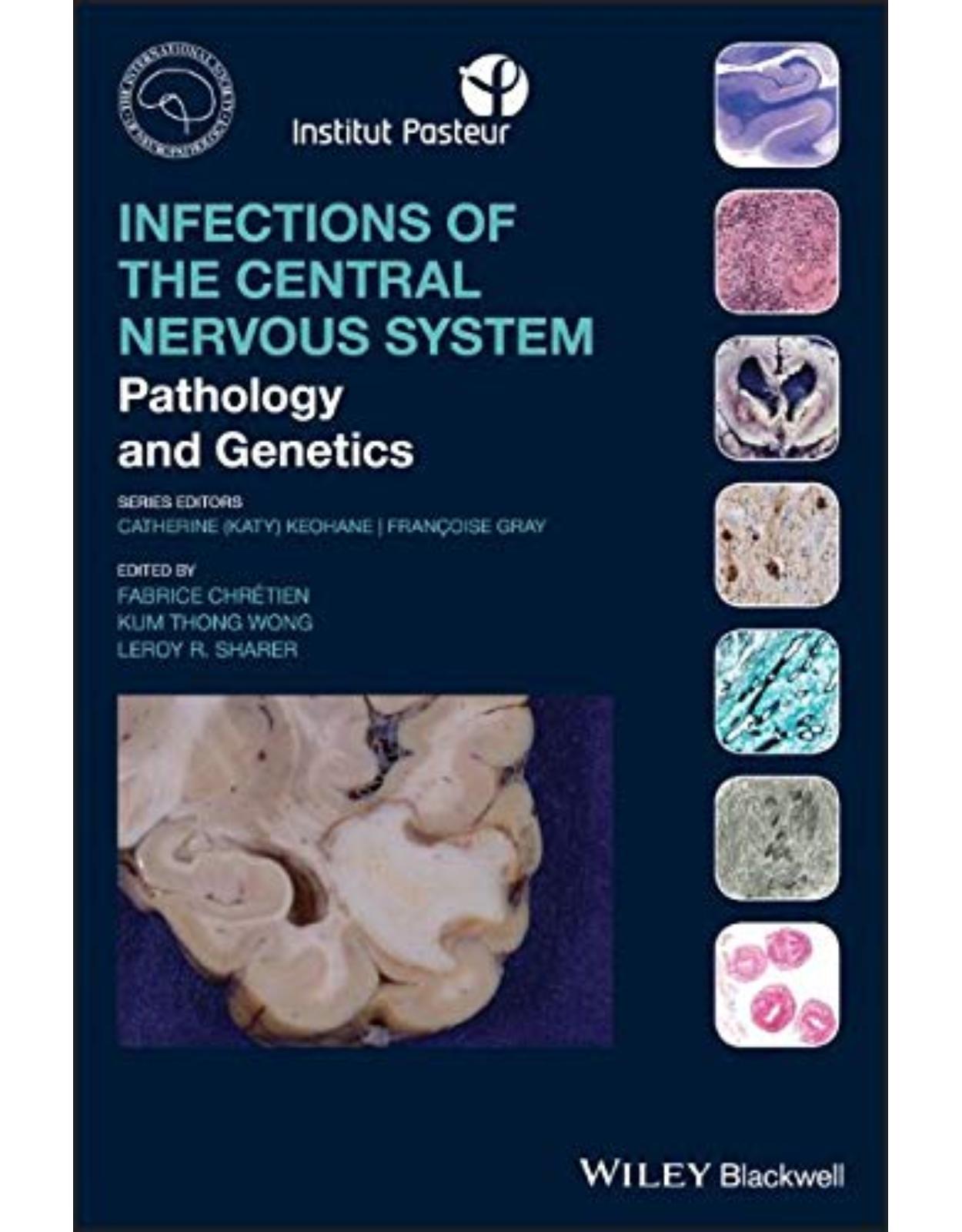
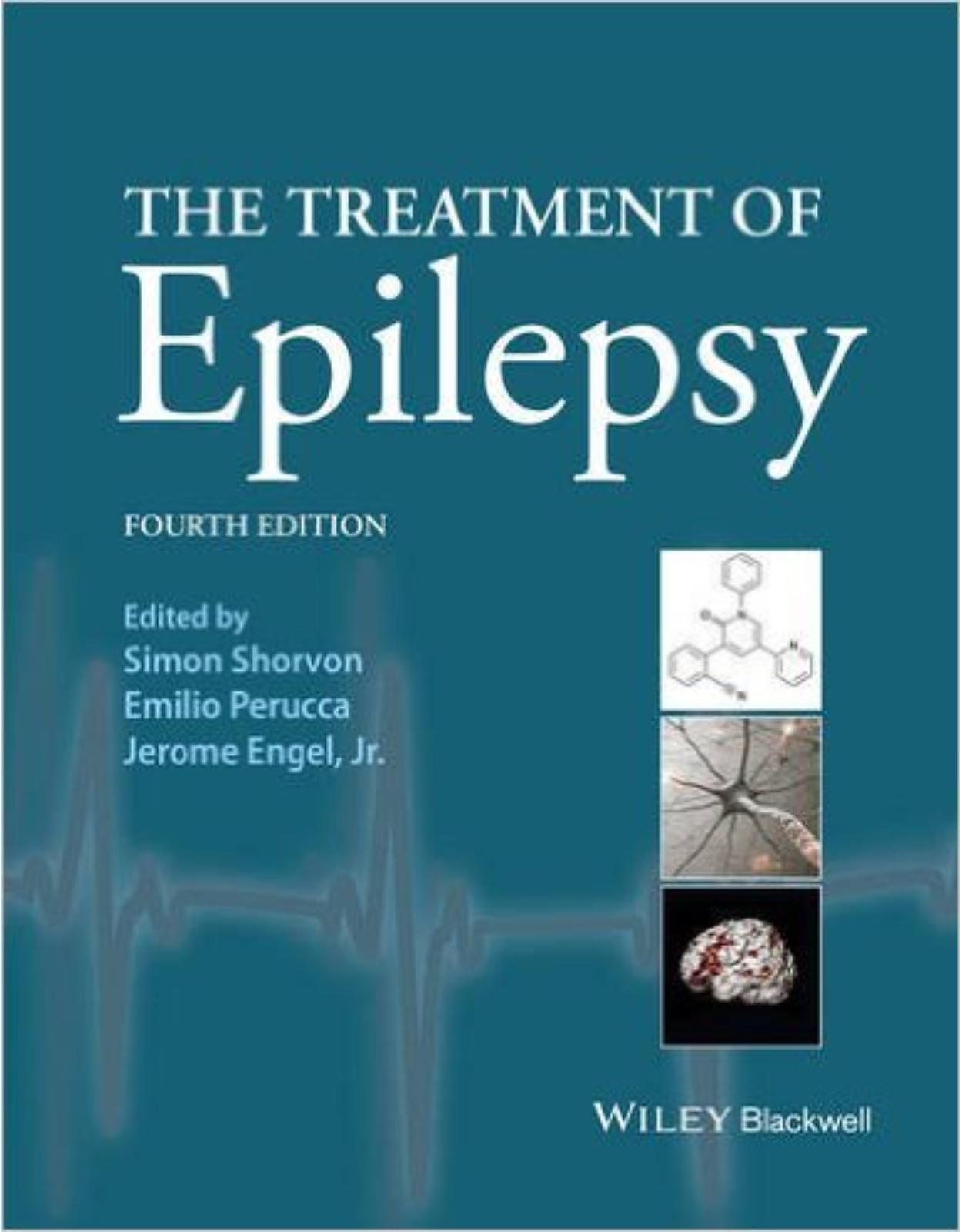
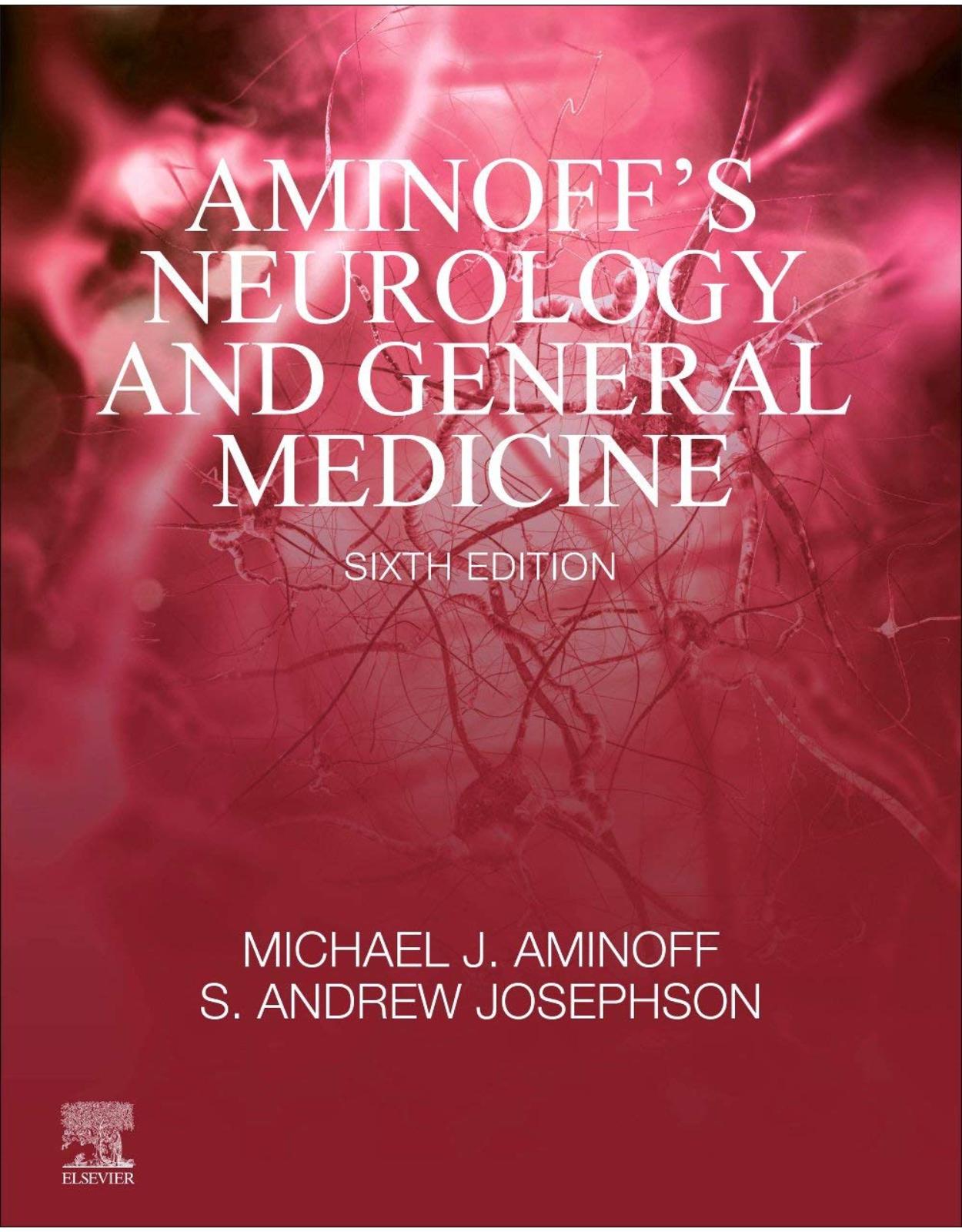
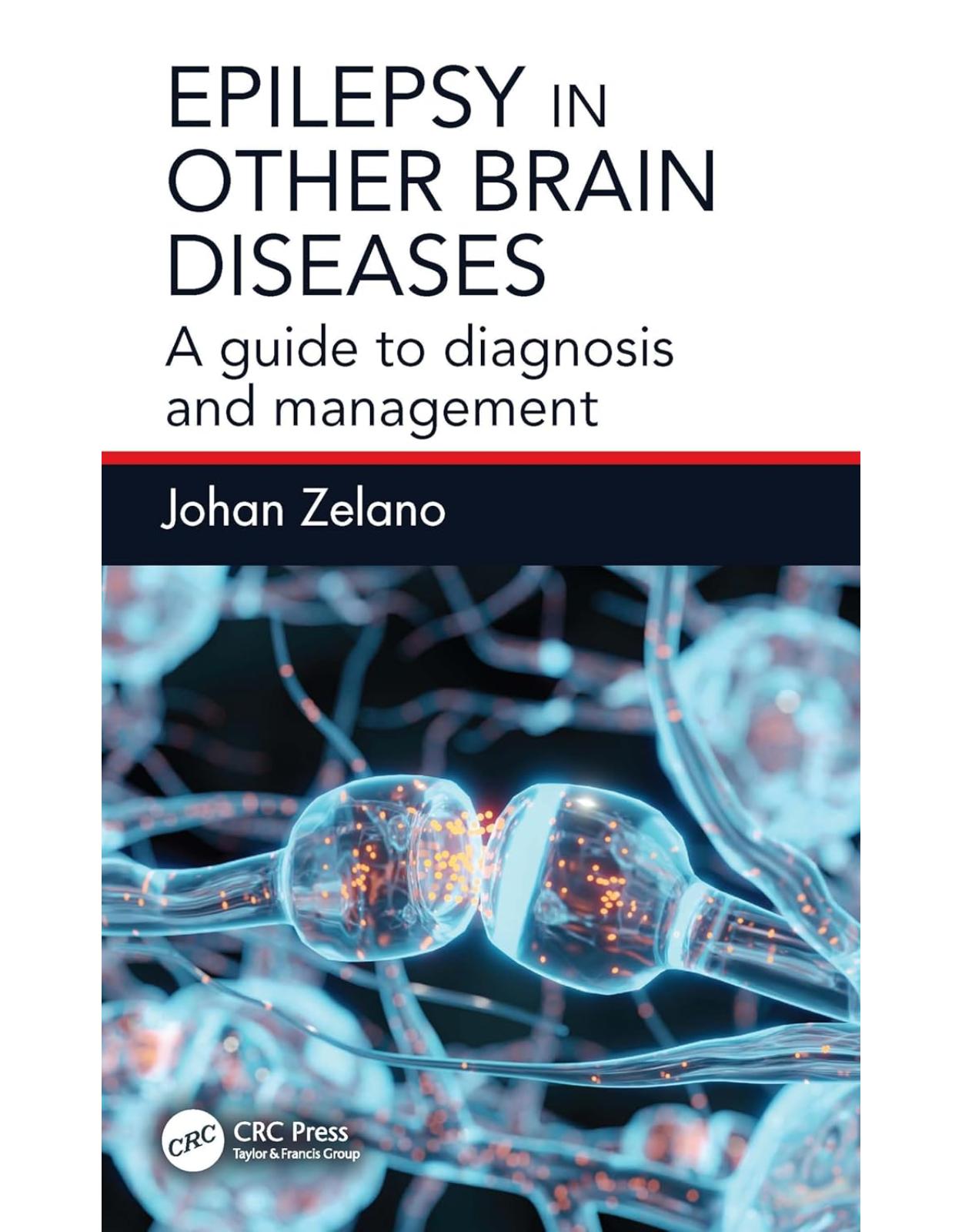
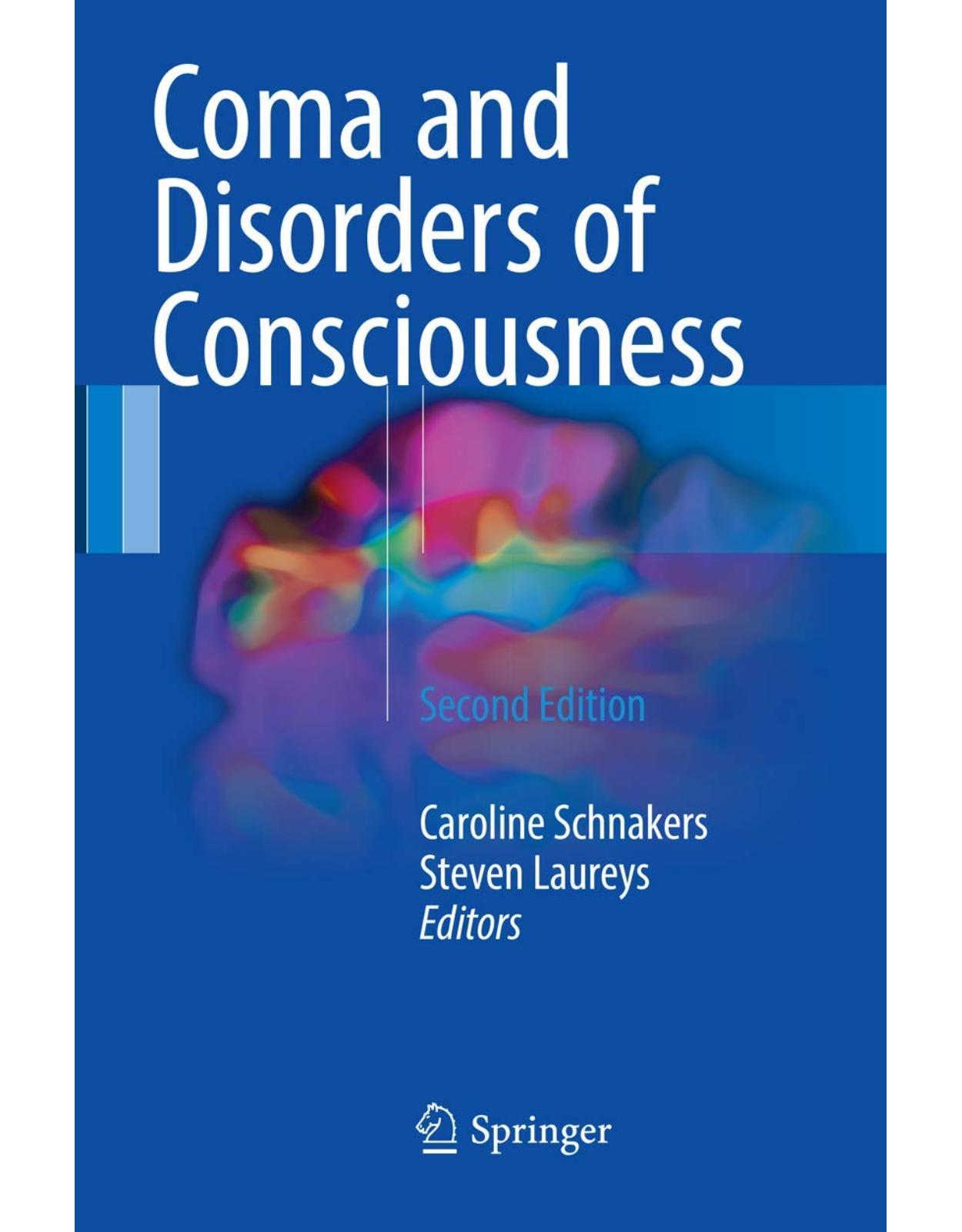
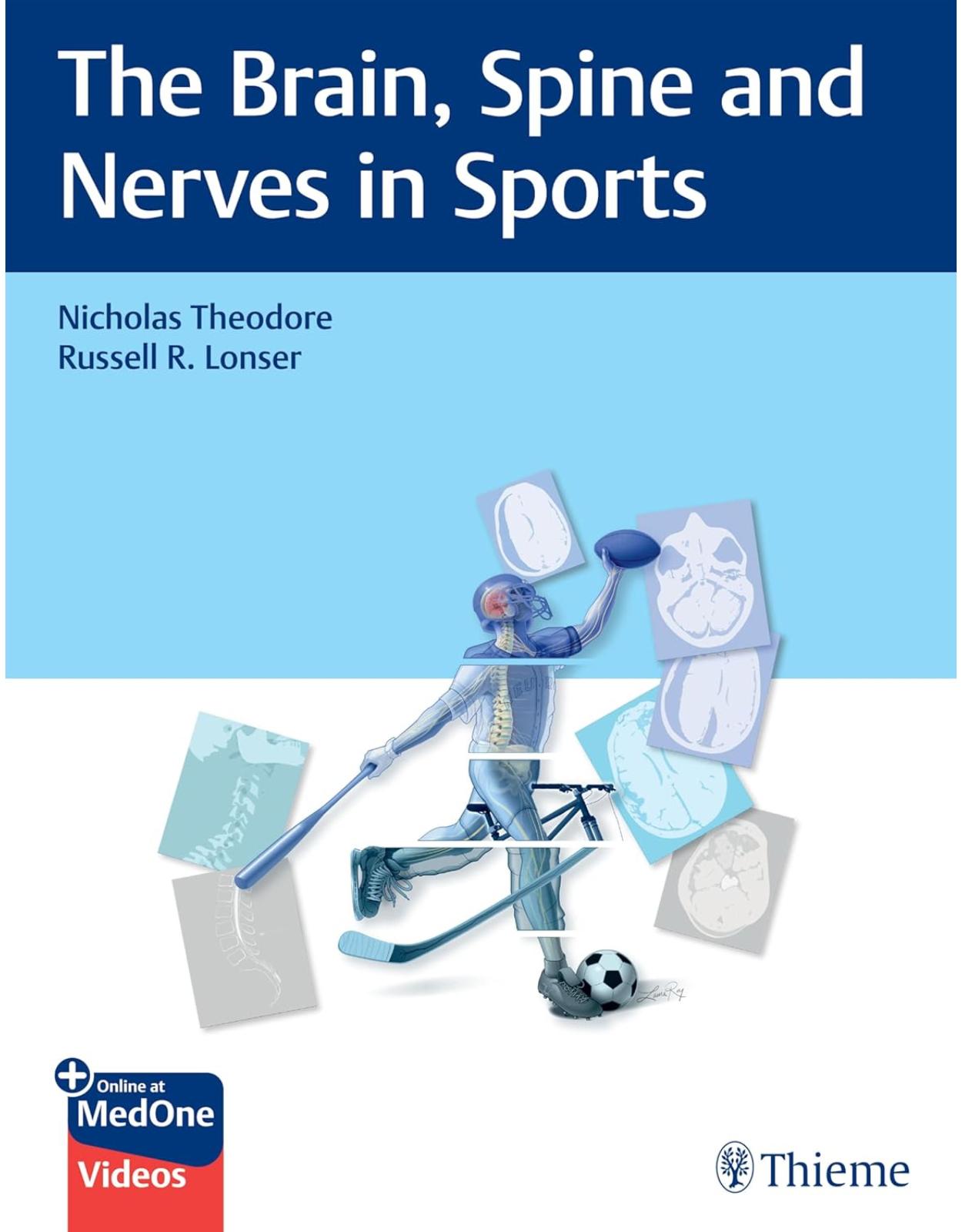
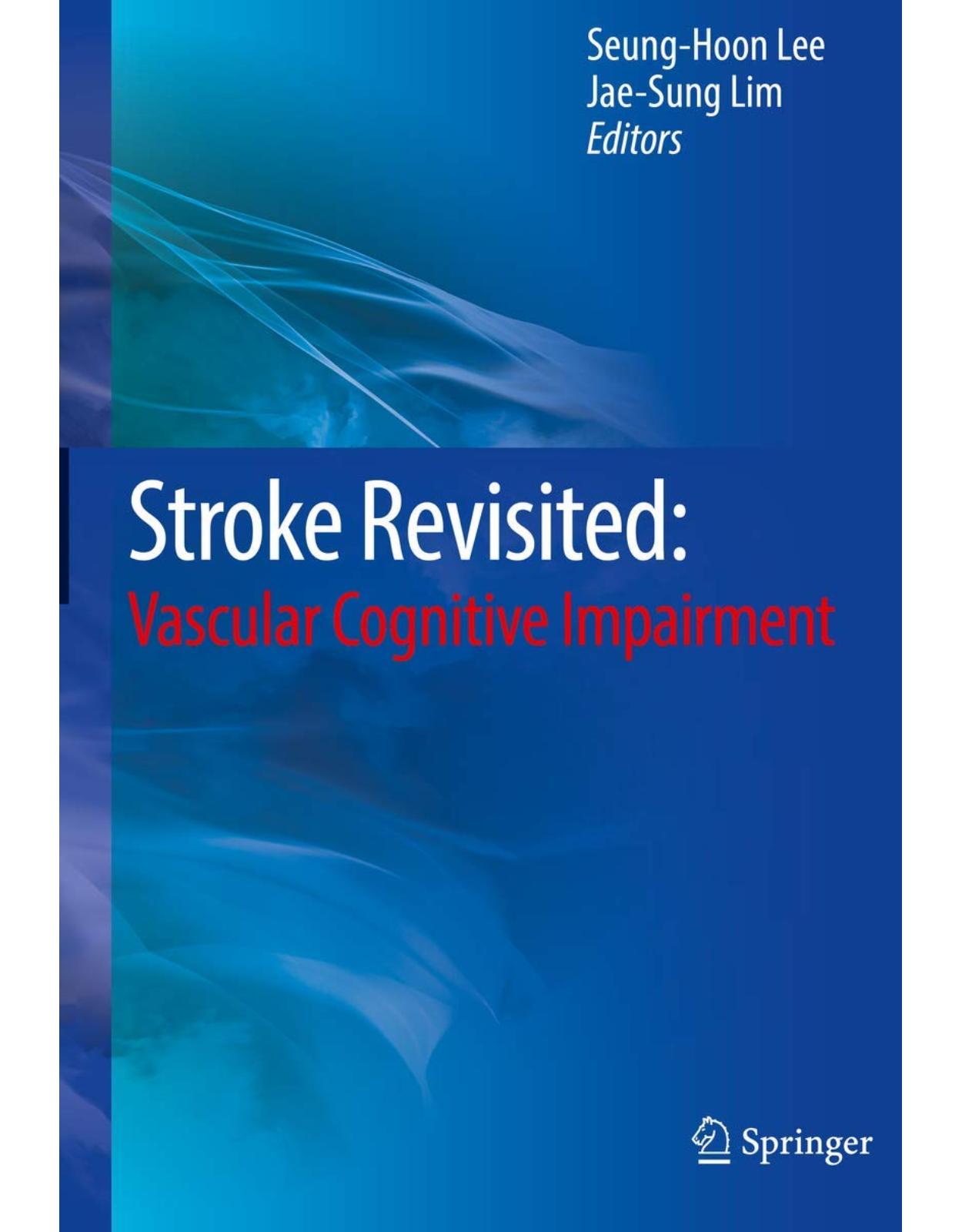
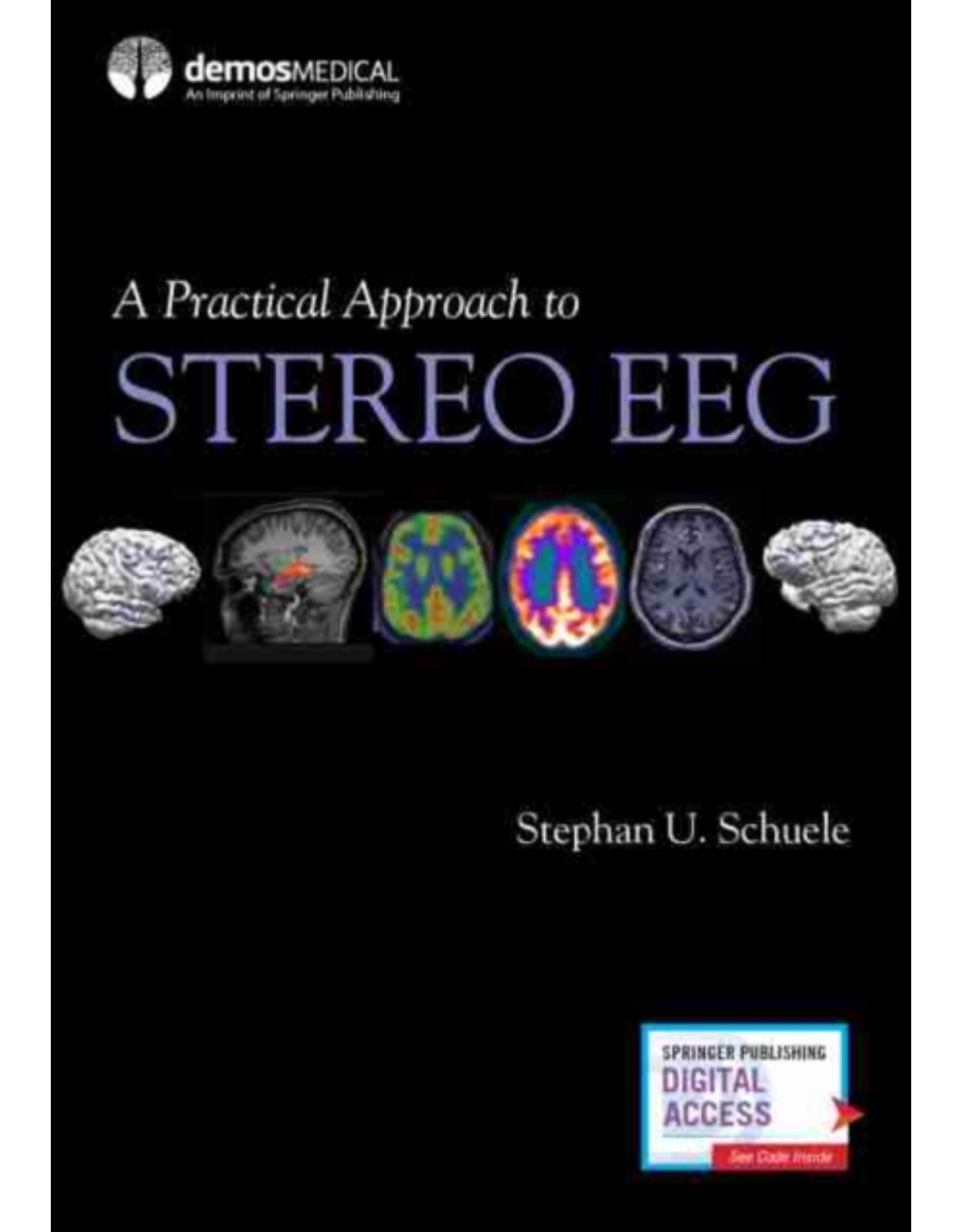
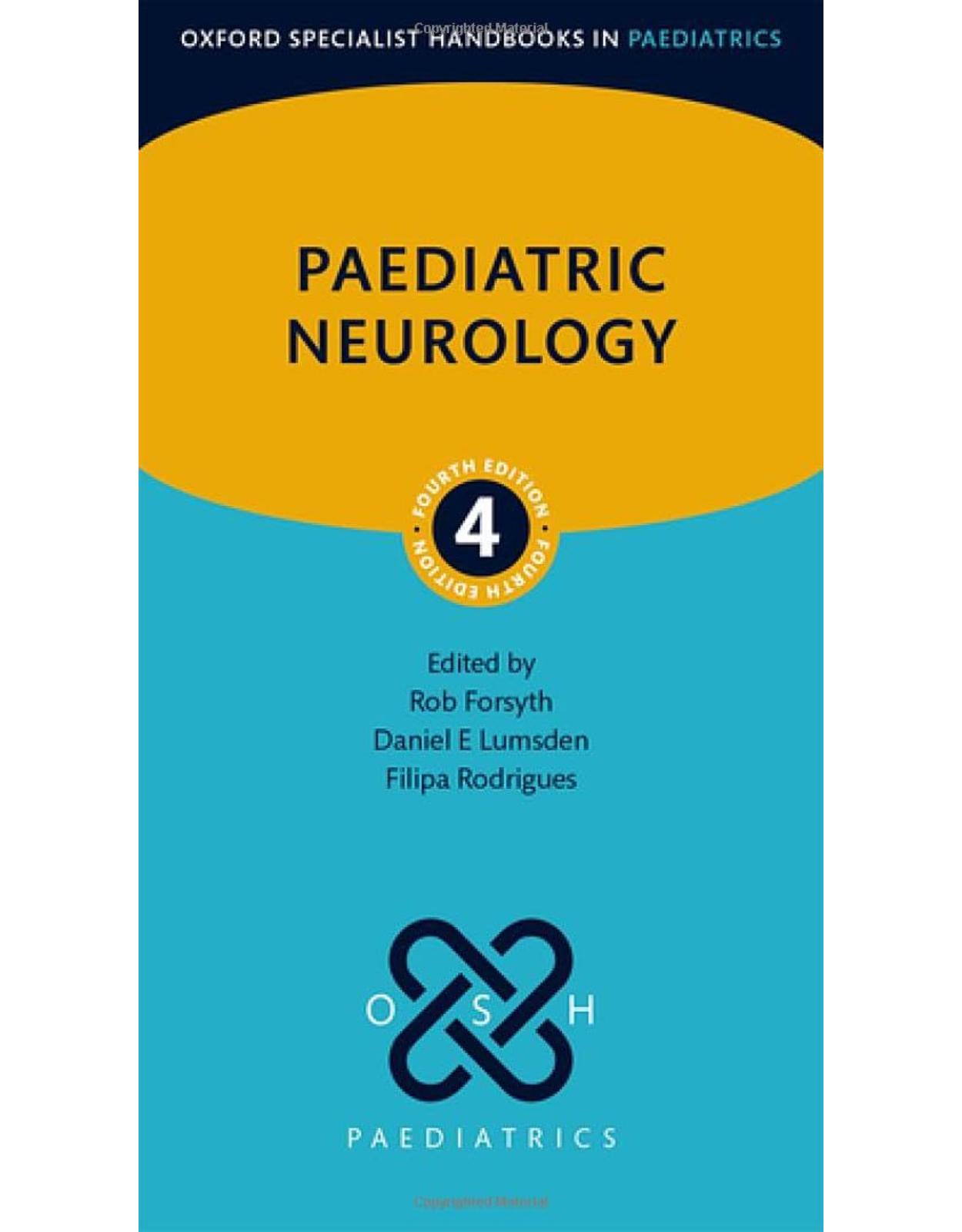
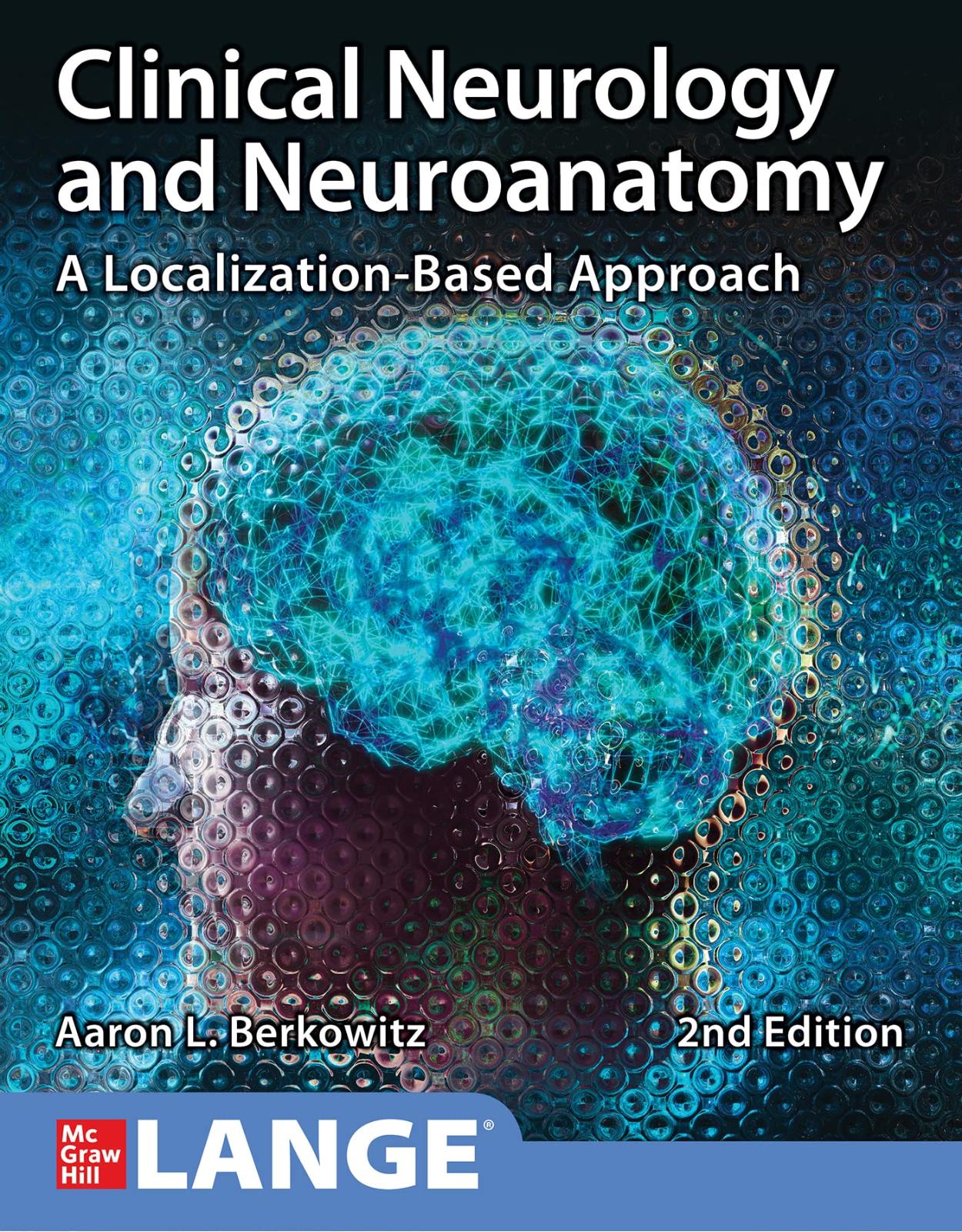
Clientii ebookshop.ro nu au adaugat inca opinii pentru acest produs. Fii primul care adauga o parere, folosind formularul de mai jos.